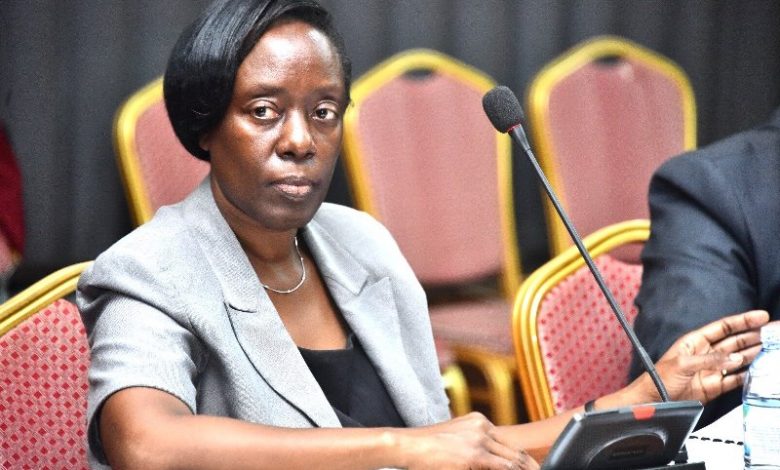How Mulago Women’s hospital is transforming fertility treatment with IVF
IVF involves fertilizing an egg with sperm in a laboratory before implanting the resulting embryo in the uterus, providing hope for women struggling with infertility.

Mulago Specialized Women and Neonatal Hospital has launched In Vitro Fertilization (IVF) services, making it the first public facility in Uganda to provide this advanced fertility treatment.
This milestone, announced by the hospital’s Executive Director, Dr. Evelyn Nabunya, represents a significant leap in fertility care for women.
In its initial phase, the hospital has conducted 11 stimulations, resulting in six embryo transfers and two successful pregnancies. “Two women are currently pregnant following IVF, and five embryos are frozen as we continue to prepare for more transfers. While two clinical pregnancies were unfortunately lost, we remain optimistic with the dedication of our team,” Dr. Nabunya revealed while presenting the hospital’s 2025/26 Budget Framework Paper to Parliament’s Health Committee.
IVF involves fertilizing an egg with sperm in a laboratory before implanting the resulting embryo in the uterus, providing hope for women struggling with infertility. However, Dr. Nabunya warned that sustaining this service requires additional funding, estimating UGX1.2 billion for medical supplies and reagents. “Each IVF cycle costs UGX15 million. To maintain these services, we need urgent funding,” she emphasized.
In addition to IVF, the hospital has provided exceptional care for neonates, managing 858 premature babies in the past six months. Among these, 75 weighed under 1kg, with a survival rate of 59.1%. Babies between 1-1.4kg had a survival rate of 79.4%, while those between 1.5-2.4kg had an 87.3% survival rate.
Dr. Nabunya shared the story of the smallest baby they saved, born at just 24 weeks and weighing 500 grams. “That baby, now a healthy two-and-a-half-year-old, survived retinopathy of prematurity, a condition that can cause blindness. This success is a testament to our vigilant and skilled team,” she noted.
Despite these milestones, the hospital faces significant challenges due to inadequate staffing and funding. The current staff structure is only 40.3% filled, leading to a critical nurse-to-patient ratio, particularly in neonatal care. “Ideally, one nurse should attend to two babies, but we currently manage 10-15 babies per nurse,” Dr. Nabunya explained.
The hospital also struggles with funding gaps for super-specialized training. “We need an additional UGX1.06 billion to train specialists locally and reduce dependency on foreign facilities,” she stated.
Utilities remain another pressing issue, with electricity and water budgets falling far short of actual needs. The hospital received UGX539 million for electricity but requires UGX1.1 billion, leaving a UGX611 million deficit. Similarly, water funding stands at UGX356 million against a requirement of UGX1.2 billion.
For the 2025/26 fiscal year, Mulago Women’s Hospital has been allocated UGX16.099 billion for wages, UGX12.950 billion for non-wage expenses, and UGX2.041 billion for development. However, Dr. Nabunya emphasized that additional funding is crucial to sustain and expand the hospital’s transformative services.
With IVF now accessible at Mulago, the hospital continues to deliver hope for women and families while navigating significant financial and staffing challenges.







